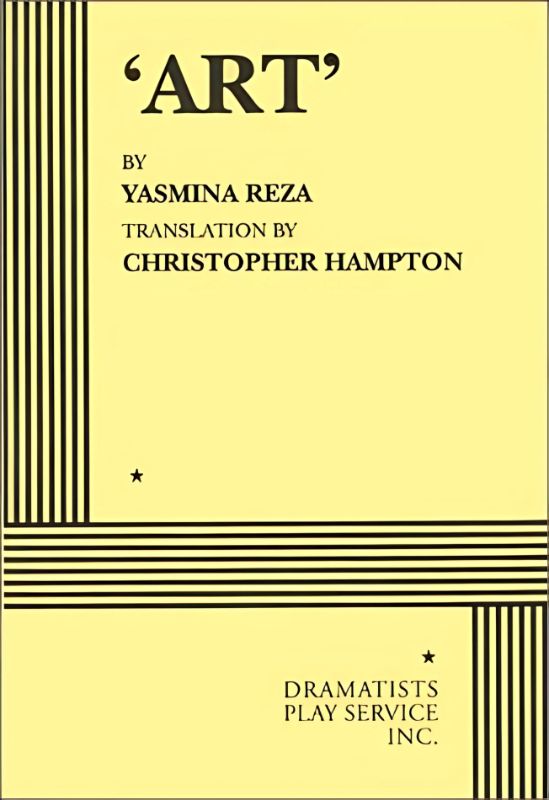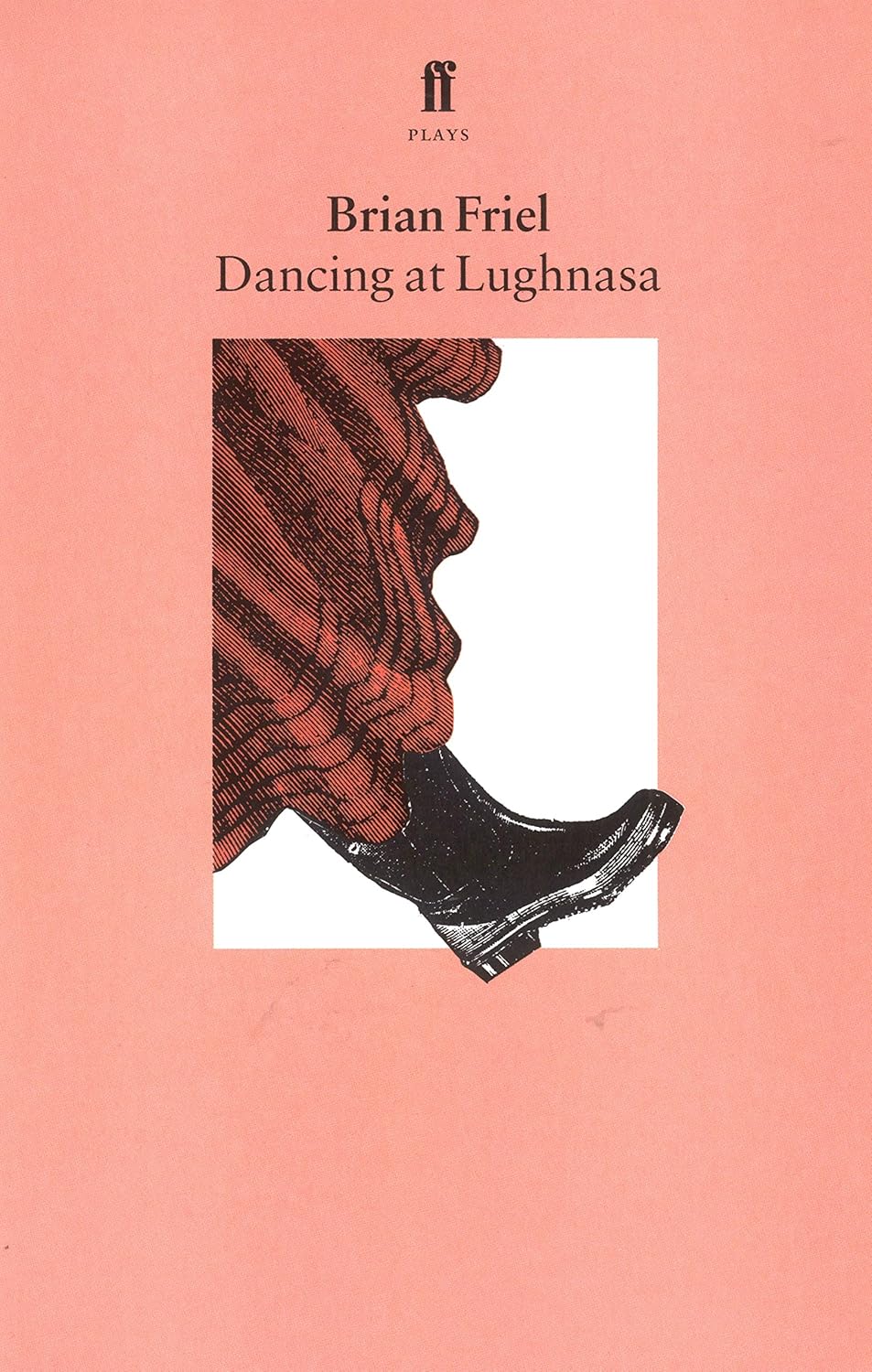Shakespeare’s Tale of Star-Crossed Lovers
“Two households, both alike in dignity…” With these immortal words, William Shakespeare launched into what would become the world’s most famous love story. Yet Romeo and Juliet is far more than just a romantic tragedy – it’s a masterwork of dramatic tension, a scathing commentary on social conflict, and a brilliant exploration of youth versus age that continues to resonate with audiences more than 400 years after its premiere.
Quick Facts
- First performed: 1595 at The Theatre, London
- First published: 1597 (First Quarto, unauthorized)
- Runtime: Approximately 2 hours and 45 minutes
- Structure: Prologue, 5 acts, 24 scenes
- Source material: “The Tragical History of Romeus and Juliet” by Arthur Brooke (1562)
- Notable adaptations: West Side Story (1957), Baz Luhrmann’s Romeo + Juliet (1996), Royal Ballet’s Romeo and Juliet (1965)
Just want to read the play?

Arden Shakespeare edition
Editor Rene Weis discusses the play’s critical, stage and film history, including West Side Story and Baz Luhrmann’s seminal film Romeo + Juliet.

Folger Shakespeare Library edition
Includes explanatory notes, a guide to Shakespeare’s language, an essay on the play’s historical context and more.

No Fear Shakespeare edition
Includes a page by page modern English translation of Shakespeare’s original. Great for first-time readers of Shakespeare.
Free version? Try the Folger Library online version: https://www.folger.edu/explore/shakespeares-works/romeo-and-juliet/read/
Historical Context
Romeo and Juliet emerged during the flourishing of English Renaissance theater, a time when London was experiencing unprecedented urban growth and social change. Shakespeare wrote the play during the reign of Queen Elizabeth I, when England was enjoying a period of relative stability and cultural flowering known as the “Golden Age.”
The play’s Italian setting wasn’t arbitrary – Italy represented sophistication and danger to Elizabethan audiences, a place of passion and violence that allowed Shakespeare to explore themes that might have been too controversial if set in England. The feuding families reflected the very real problem of urban violence in both Renaissance Verona and contemporary London.
Plot Overview
In Verona, two noble families – the Montagues and Capulets – maintain a bitter feud. Romeo Montague crashes a Capulet party where he meets and instantly falls in love with Juliet Capulet. They marry in secret the next day, aided by Friar Laurence, who hopes their union will end the families’ conflict.
The situation deteriorates when Romeo becomes embroiled in a street fight that leads to the deaths of his friend Mercutio and Juliet’s cousin Tybalt. Banished from Verona, Romeo flees to Mantua. Meanwhile, Juliet’s parents arrange her marriage to Count Paris.
Desperate, Juliet takes a potion that simulates death, planning to escape with Romeo. However, miscommunication leads Romeo to believe she’s truly dead. He returns to Verona, drinks poison by her side, and when she wakes to find him dead, she takes her own life. Their deaths finally bring the feuding families together in grief and reconciliation.
Themes & Analysis
Youth vs. Age
The play presents a stark generational divide. The young lovers represent passion, spontaneity, and the possibility of change, while the older generation embodies tradition, grudges, and inflexibility. Shakespeare repeatedly contrasts the wisdom of age with the vitality of youth, ultimately suggesting that both have their merits and flaws.
Love vs. Hate
The central tension between love and hate drives the entire narrative. Shakespeare explores various forms of love – romantic, parental, friendship – while showing how they’re all threatened by hatred and violence. The play suggests that love and hate are two sides of the same passionate coin.
Time and Fate
The famous “star-crossed lovers” are constantly racing against time. Shakespeare uses numerous references to time throughout the play, creating a sense of inevitable tragedy. The compressed timeline (events occur over just four days) adds to the feeling of destiny rushing toward its conclusion.
Revolutionary Elements
Shakespeare broke several conventional rules with Romeo and Juliet. He mixed comedy and tragedy in unprecedented ways – the play’s first half is largely comedic, making the tragic turn more shocking. His use of language was revolutionary, with characters switching between prose and verse to reflect their emotional states.
The play also introduced more complex female characterization than was typical for the era. Juliet is not a passive romantic object but an active participant who often shows more maturity than Romeo.
Cultural Impact
Few works of literature have impacted popular culture as profoundly as Romeo and Juliet. The play has inspired:
- Over 24 operas
- Countless ballet adaptations
- More than 40 film versions
- Numerous theatrical reinterpretations
- Popular music across all genres
- Common phrases like “star-crossed lovers” and “wild goose chase”
Reading Guide
Best Editions
- Arden Shakespeare (detailed notes, academic standard)
- Folger Shakespeare Library (excellent for first-time readers)
- Norton Critical Edition (includes historical context)
Reading Tips
- Pay attention to the sonnet form in the prologue and when the lovers first meet
- Notice the shift in language between public and private scenes
- Watch how Shakespeare uses light and dark imagery
- Track the acceleration of time throughout the play
Contemporary Relevance
The themes of Romeo and Juliet remain startlingly relevant:
- Generational conflict
- Political division and its human cost
- The role of religion in society
- Gender expectations and restrictions
- The power and danger of passionate love
- Social media parallels to the play’s miscommunication plot
Discussion Questions
- Is the play truly about love, or is it more about hate?
- Are Romeo and Juliet mature lovers or impetuous teenagers?
- Which deaths in the play could have been prevented?
- How responsible is Friar Laurence for the tragedy?
- What role does fate play versus individual choice?
Fun Facts
- The word “star-crossed” was coined by Shakespeare for this play
- Juliet is 13 years old in the play (Romeo’s age is never specified)
- The first known interracial kiss on television was in a 1967 BBC production of Romeo and Juliet
- There are at least 24 film adaptations set in different time periods and cultures
Why This Play Matters
Romeo and Juliet endures because it captures universal experiences – the intensity of first love, the tension between individual desire and social responsibility, and the way hatred can destroy lives. Its poetry has become part of our cultural language, its plot structure has influenced countless stories, and its characters remain archetypes we recognize in our own lives.
More than just a tragic love story, it’s a masterful examination of how passion – whether love or hate – can consume and transform us. In our own divided times, its message about the cost of maintaining artificial barriers between people remains powerfully relevant.
Additional Resources
- The Royal Shakespeare Company’s production history
- MIT’s complete annotated text online
- Franco Zeffirelli’s 1968 film adaptation
- Leonard Bernstein’s West Side Story score
- The Reduced Shakespeare Company’s comic interpretation
Romeo and Juliet represents Shakespeare at his most accessible and most profound. Whether you’re reading it for the first time or returning to it years later, it continues to offer new insights into love, hate, and the price we pay for both.





Leave a Reply